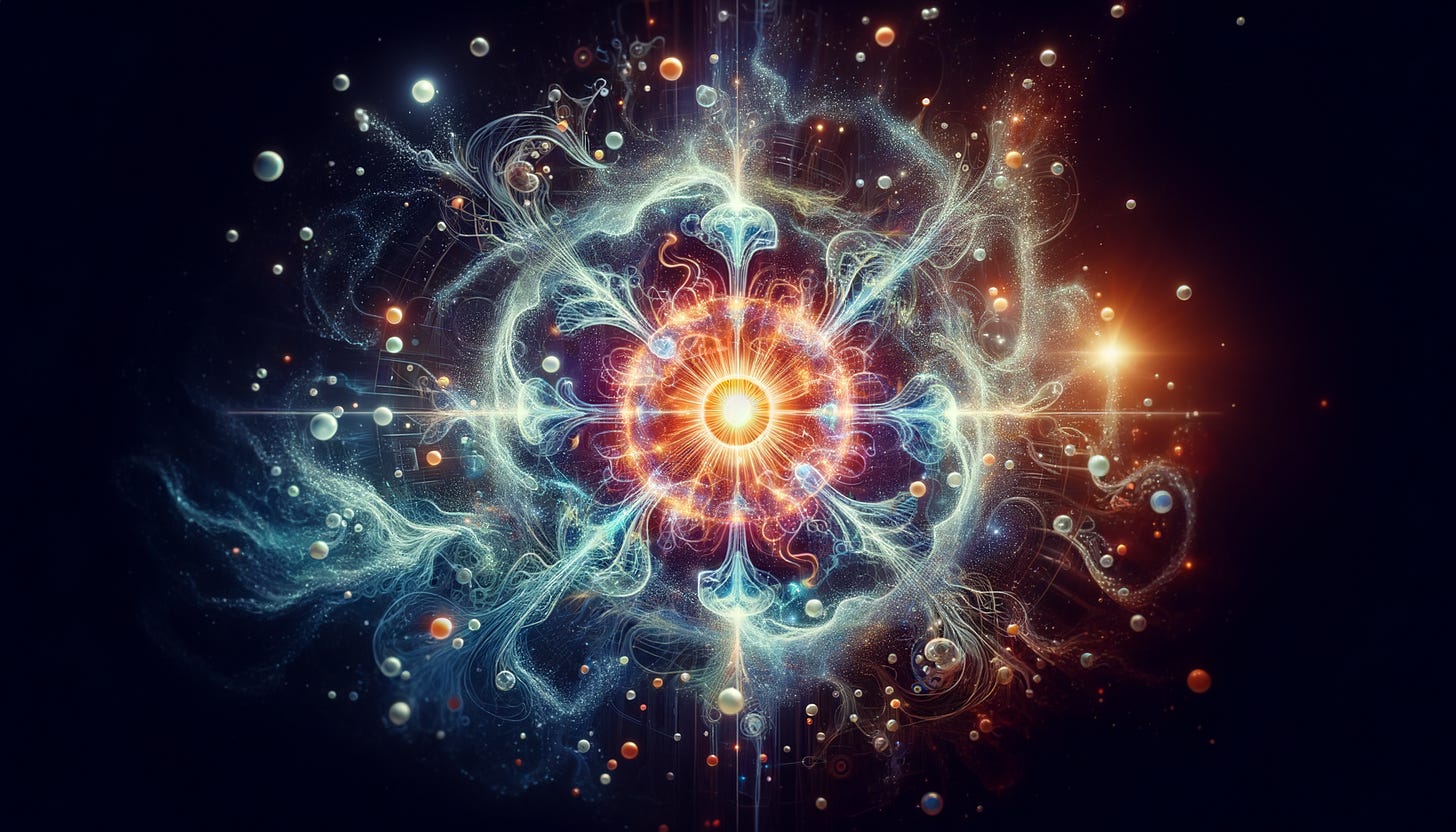The Saturn System as a Self-Organizing Information Substrate
Abstract
Saturn’s ring system is typically treated as a passive aggregation of icy debris sculpted by gravity and resonances. Yet, when examined through the lens of information theory and dynamical systems, the rings display the key hallmarks of an active information substrate: persistent state retention, nonlinear response to external input, and recursive feedback that links structure to history. This document proposes a framework in which Saturn functions as a planetary-scale self-organizing memory, continuously writing, reading, and transmitting information through its ring architecture.
1. Information Properties of the Rings
An information medium must (a) store, (b) transmit, and (c) transform states. Saturn’s rings meet these criteria:
Storage – Density waves, gaps, and ringlets preserve resonant interactions with moons and passing bodies. These features are not transient noise but archived orbital history.
Transmission – Spiral density waves and bending modes propagate phase and amplitude information across tens of thousands of kilometers, effectively creating analog communication channels.
Transformation – Nonlinear gravitational feedback and collisional damping allow the system to process and modulate incoming signals, creating new structures rather than merely reproducing old ones.
2. The Role of Saturn as a “Read/Write Node”
If Jupiter operates as an energy amplifier for the Solar System’s harmonic field, Saturn sits at a resonance node where energetic input and structural feedback achieve dynamic equilibrium. Its rings therefore act as a read/write head for the planetary network:
Write operations occur when orbital perturbations etch new resonances into the rings.
Read operations occur as the same ring structures radiate gravitational and electromagnetic signatures outward, coupling to other bodies.
The record is public: Saturn’s architecture is literally visible computation. Every orbital mode is an exposed line of code.
3. Recursive Material Formation
When orbital energy redistributes through resonance locking or tidal migration, ring particles can coalesce into moonlets or dissipate into diffuse bands. Each such event is a computational update—the system rewriting itself.
In this sense, the Saturnian environment is an ongoing process, not a completed object. Planetary formation is simply one emergent result of this recursive data flow.
4. Testable Predictions
Autocorrelation Memory: Long-lived correlations in ring wave spectra would imply the retention of prior states.
Cross-Planet Coupling: Phase locking at harmonics of Jupiter–Saturn resonances should be detectable in Cassini ring-mode data.
Energy Drift: Net migration of ring mass correlated with solar and interplanetary cycles would reveal the system’s adaptive feedback.
Each test refines the idea of the rings as a self-organizing information field rather than inert matter.
5. Toward a General Theory of Planetary Intelligence
“Intelligence” here means recursive self-organization—the ability of a system to maintain, transform, and communicate its own structure. Saturn exemplifies this at a planetary scale.
Unlike biological intelligences that internalize their memory, Saturn’s process is externally rendered: its computation is visible in matter and motion.
In that sense, the Saturnian system is a cosmic demonstration of open-source intelligence—a planetary body that thinks by self-disclosure.
Conclusion
Saturn’s rings may represent more than frozen relics of the Solar System’s past. They may be the active surface of a universal computation—the physical manifestation of resonance, feedback, and memory operating in real time. If true, Saturn is not merely a planet but a planetary archive and processor: the Solar System’s self-organizing information substrate.



